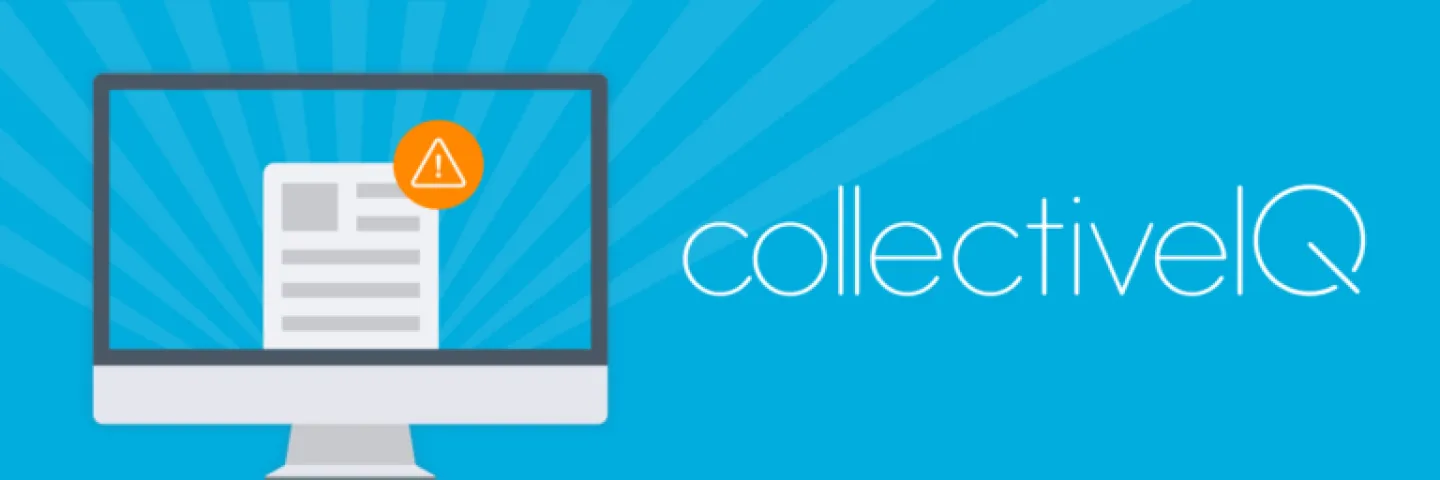Let’s face it. Medical billing is a complex process. Just staying on top of your accounts receivables, denied claims and all those specific payer rules remains a challenge.
But it’s not unbeatable. Knowing how to make the most of your medical billing software can be a great first step. This strategy can improve your practice’s financial health and place you among the more profitable medical groups.
Playing by the Rules
When you’re researching the best medical billing software, look for built-in rules that are continuously and automatically updated. Work smarter, not harder, and use these rules to your advantage.
Advanced billing rules automatically check claim accuracy up front, allowing you to catch potential errors before submission. This means you can avoid unnecessary denials, reduce “take back” requests from insurers, and escape time-consuming audits. And, when these billing rules are integrated into your practice management system, you can do all this while maintaining streamlined billing workflows.
Getting Taken for an Override
I find sometimes clients don’t realize how to capitalize on all of the features of their medical billing software to optimize results.
Overriding justified claim edits is an example. Although I understand why some providers use this workaround, it is not necessarily a correct billing practice. These providers often feel that if they get paid for a particular service—even if it’s not optimal—then there’s no reason to change how they bill. In other words, receipt of an initial payment does not guarantee the billing was completely correct; the insurer can still come back later to request a return of their money.
I believe providers will greatly benefit from initiating a query to understand why the edits are populating, instead of simply overriding them. If the team behind your software is up-to-date on reimbursement guideline changes from CMS and private payers, they can provide the documentation that shows why the edit is necessary and beneficial to your practice’s revenue cycle.
Avoiding an Audit
Like in most industries, health insurers use electronic processing to review claims and distribute payments. But their systems are not always perfect. They sometimes pay a claim in error. For example, they might lack up-to-date medical and payer policy restrictions that would normally reject or deny claims with incorrect coding.
For this reason, payers are allowed to conduct incorrect payment audits.
Again, to avoid these unexpected audit losses, look for software with advanced billing rules. These rules check claims in advance to help prevent these payments “take backs.”
Ideally, you also want to find powerful medical billing software backed by a dedicated support team. Make sure these experts are available to answer any additional questions you may have.
I’m part of the team that helps clients make the most of CareCloud’s CollectiveIQ advanced billing rules platform.
Ruth Pinales is a CollectiveIQ Billing Specialist at CareCloud.




